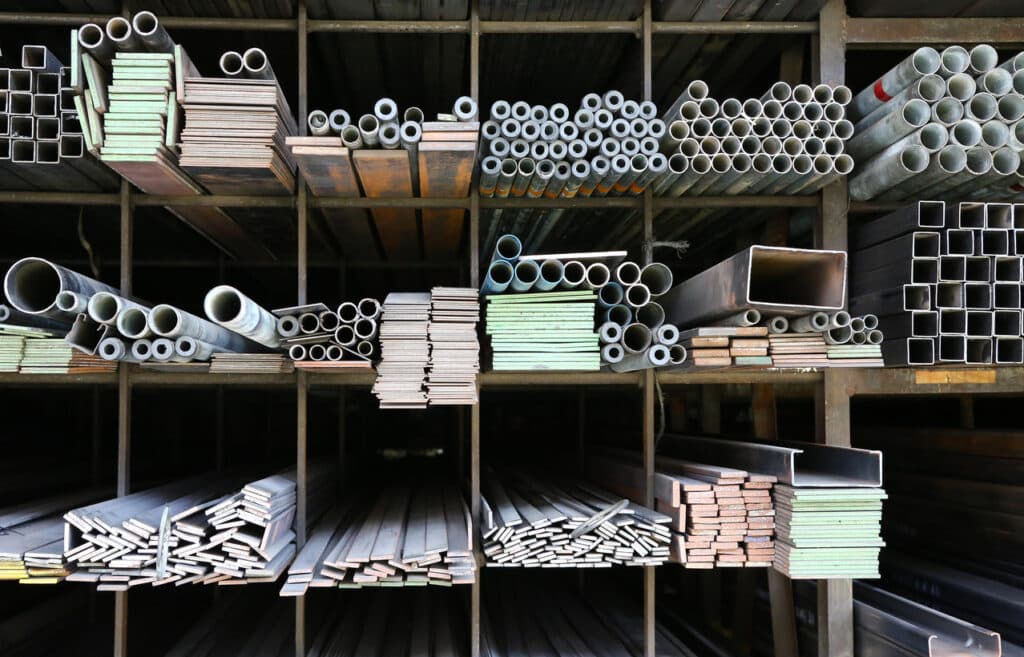
- Massive Range
- FREE UK Delivery
- Rapid Dispatch
- Massive Range
- FREE UK Delivery
- Rapid Dispatch
- Massive Range
- FREE UK Delivery
- Rapid Dispatch
Home » What is TIG Welding and How It Can Be Used for Metal Materials?
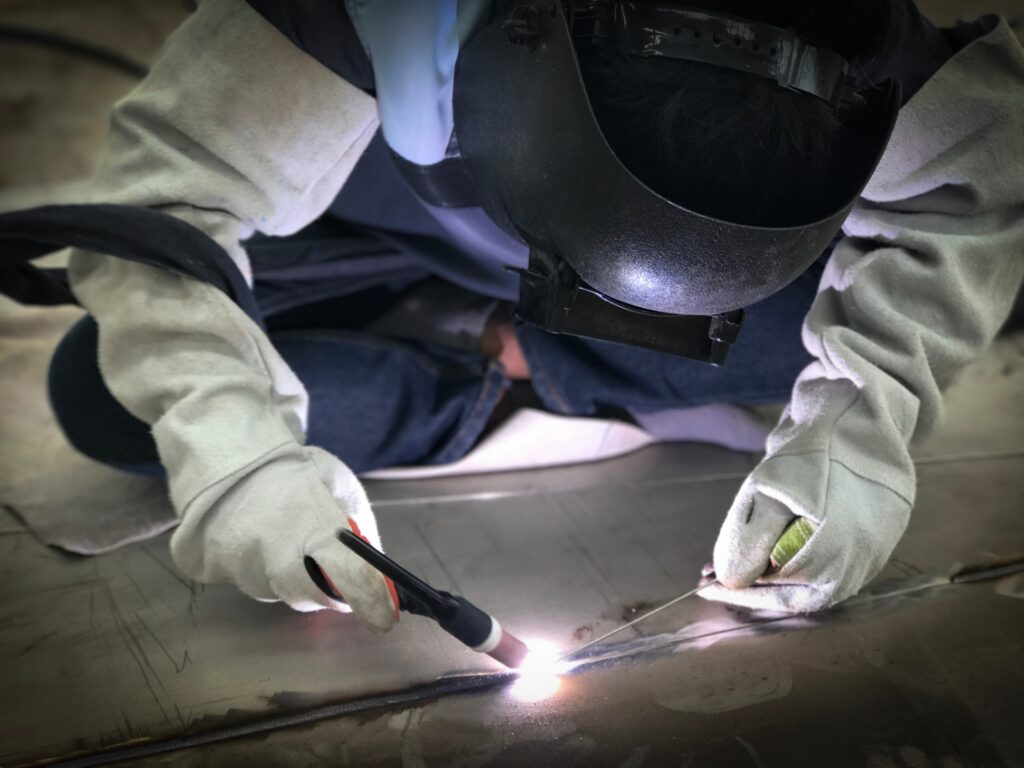
Welding is an essential process in metal fabrication, and it takes different forms. This article will focus on TIG welding.
TIG welding, which stands for Tungsten Inert Gas welding, is a complex yet versatile welding process that involves the use of a tungsten electrode to create an arc between the metal to be welded and the welding rod. This welding process is widely used in various industries, including aerospace, automotive, and construction.
We have an in-house welding department which uses TIG, MIG and resistance welding techniques on a daily basis. So we are well-placed to write this blog post. It it, we’ll dive deeper into TIG welding and explore how it’s applied to metal materials.
Let’s go…
TIG welding is a type of arc welding that utilizes a non-consumable tungsten electrode and a shielding gas to protect the weld area from oxidation and contamination. It it perhaps the most commonly used welding technique there is.
The process produces high-quality welds suitable for different metal types and thicknesses.
TIG welding is well-known for its precision, accuracy, and versatility, which makes it ideal for welding metals like stainless steel, aluminium, copper, and titanium.
It works by creating an arc between the tungsten electrode and the metal being welded.
The arc melts the metal, which is then fused together as the operator adds the filler metal. The welding process is done in a controlled environment with a shielding gas, typically argon, that protects the weld area from atmospheric gases like oxygen and nitrogen that can contaminate the weld. The result is a strong, neat, and high-quality weld.
This welding method has numerous benefits, making it a popular welding process in several industries.
More than most other techniques, the process produces clean, precise, and high-quality welds with exceptional finishing, which is perfect for decorative metalwork.
TIG welding can also work with thin metals and materials, making it ideal for lightweight metal construction projects.
This method has various applications in metal materials. In the aerospace industry, TIG welding is used to weld aluminium and alloy parts that require high strength and accuracy welding.
It is also commonly used to weld stainless steel and other corrosion-resistant metals in the food and beverage industry where hygiene and cleanliness are critical. In the automotive industry, TIG welding is used to join body panels and fabricate exhaust systems.
We employ this welding method to create panels for oil rigs, architectural cladding and more.
To achieve a high-quality weld, you must choose the right TIG welder and accessories, including tungsten electrodes, filler metals, and shielding gases.
Available welders come in different sizes, capabilities, and power types.
You should choose a welder that suits your welding needs and has features like variable amperage, pulse welding, and high-frequency starts. Additionally, you should choose the right tungsten electrode depending on the metal type you are welding, and the welding project’s thickness and complexity.
In conclusion, TIG welding is an essential welding process widely used in different industries. Its versatility, accuracy, precision, and high-quality welds make it an ideal choice for welding metal materials. With the right TIG welder, accessories, and techniques, you can achieve a neat, strong, and high-quality weld suitable for various applications.
As always, thank you for checking out our blog. We hope that this helps you with your project.
Please also check out the other articles in our helpful guide series. We have written about aluminium sheeting and checker plate recently to name but two of our articles.
We are also proud to sell this product on our highly popular eBay store, check us out there too.
If you have any further questions, feel free to contact us.

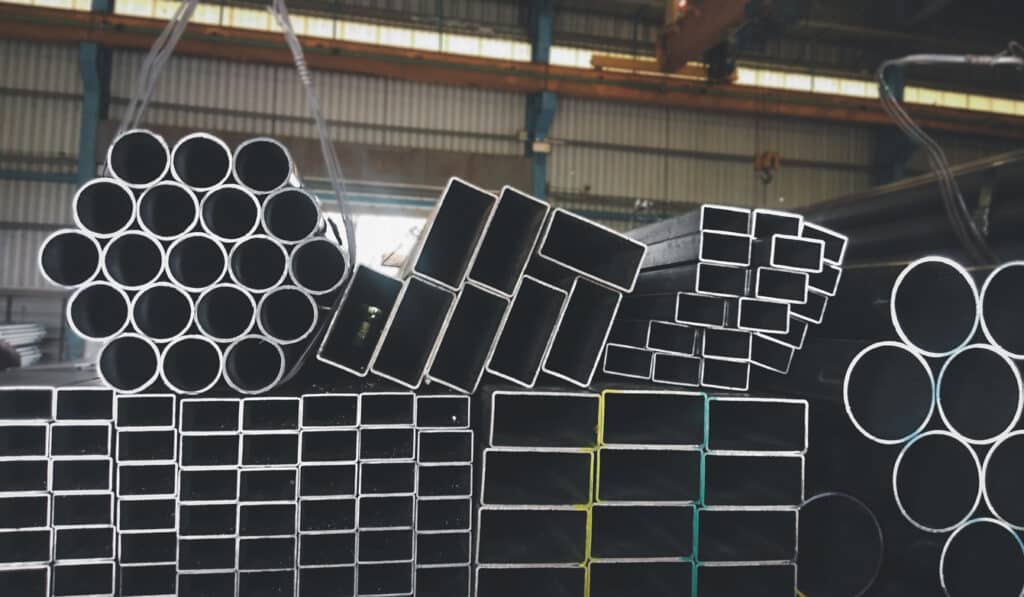
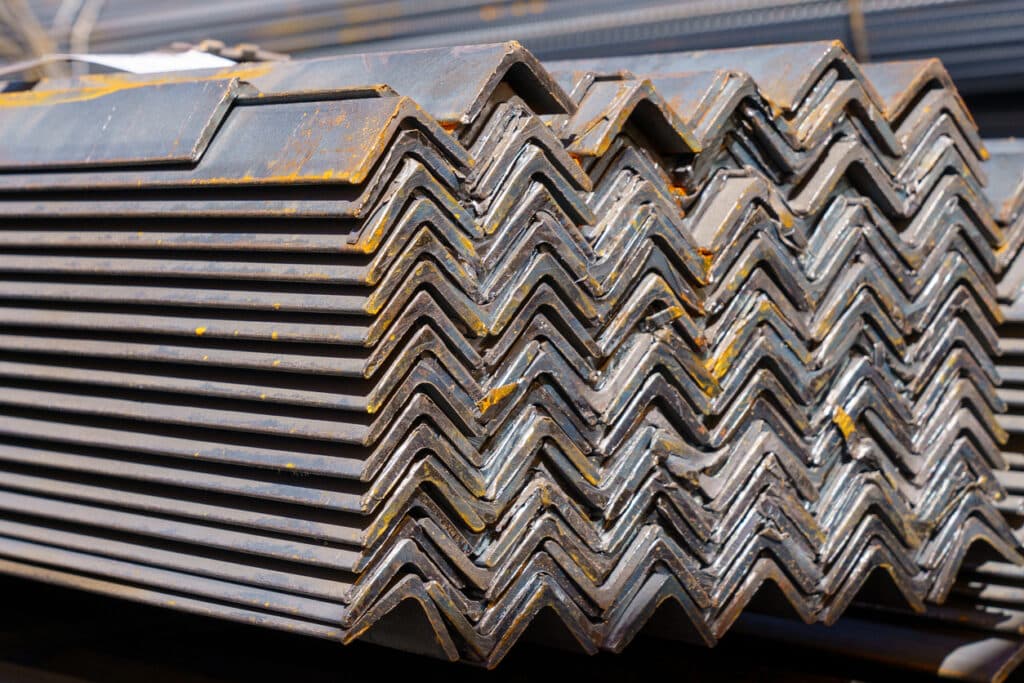

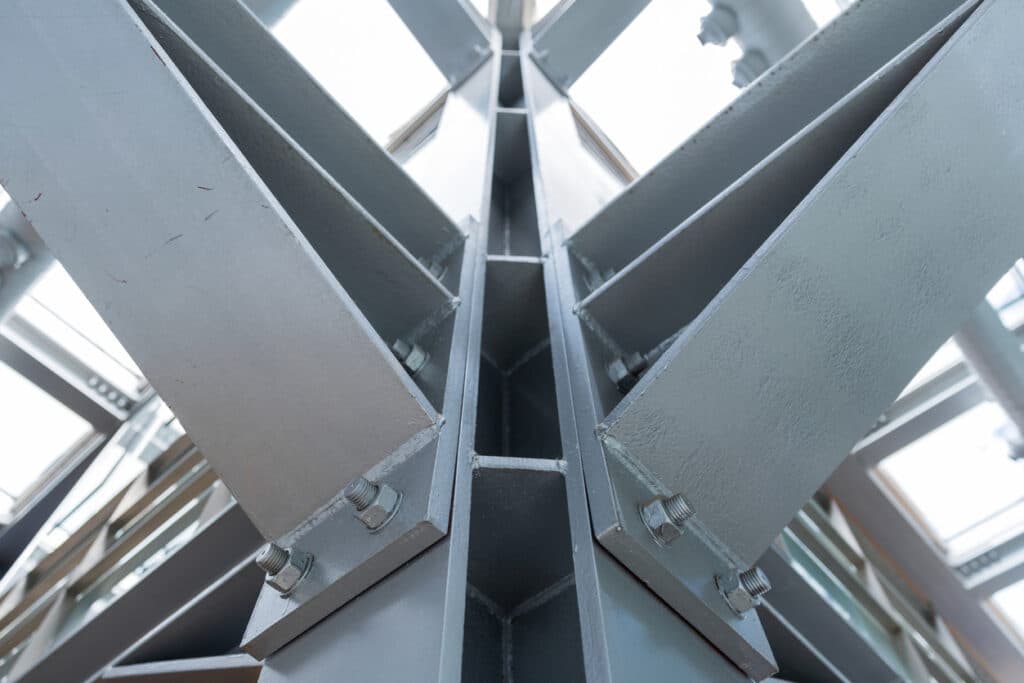


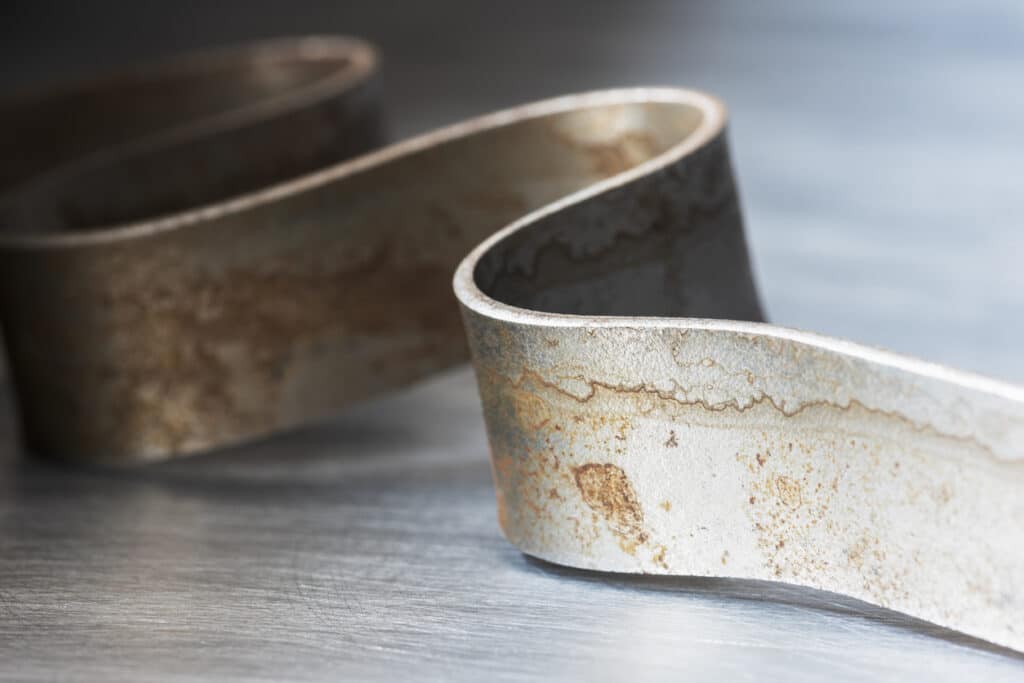
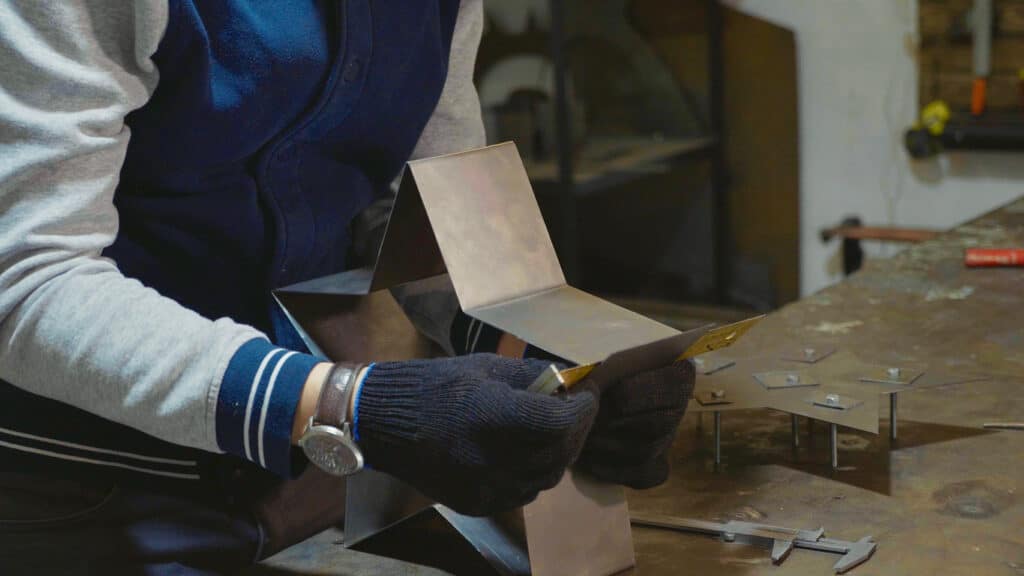

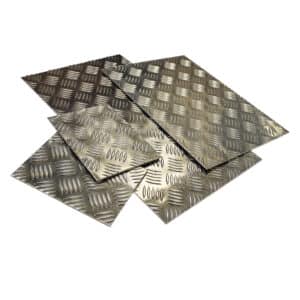
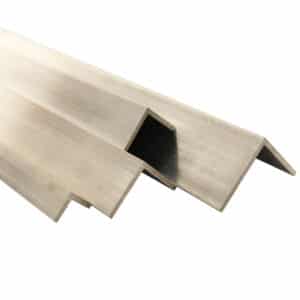
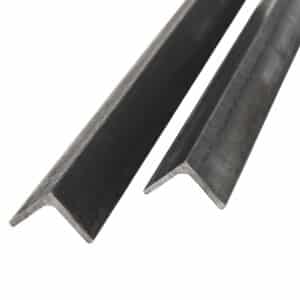

Speciality Metals
Unit 1, Farrell Street, Warrington,
Cheshire, WA1 2WW, United Kingdom
Quick Links
Payment Options
